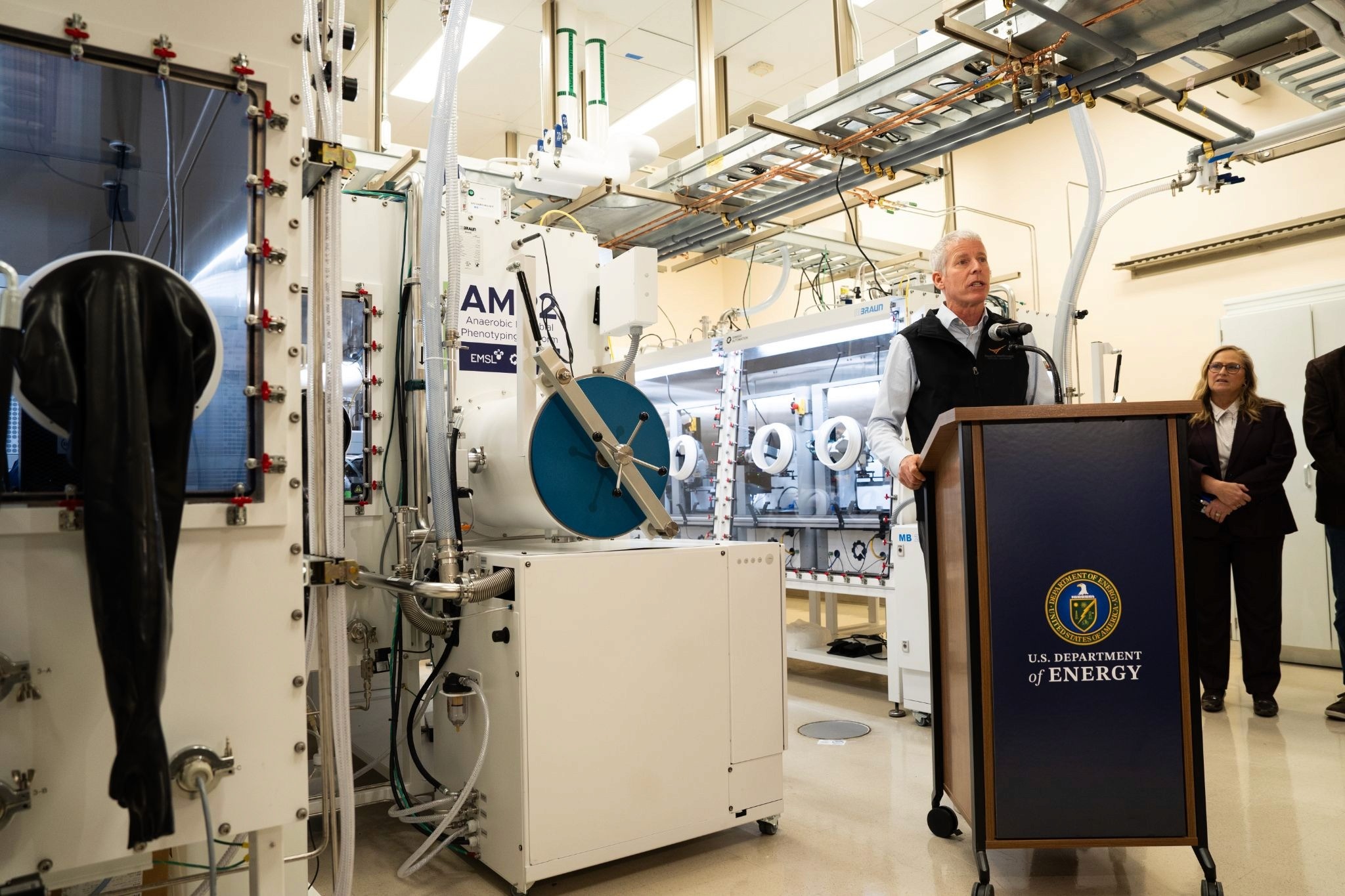Ai Digital Biology
Bioengineers Unveil Method to Profoundly Improve Gene Activation
In a fusion of art and science, researchers have crafted a method that ensures cellular therapies work with unmatched precision and stability
Aug 16, 2023
Science Photo Library (Canva)
In the bustling world of bioengineering, where the mingling of science and artistry is reminiscent of the vibrant streets in New York City, researchers are striving to create "cellular therapies" that combat diseases. These therapies involve tailoring the genomes of cells, akin to a bespoke suit designed to perfection. Yet, the journey to perfection is replete with challenges, not least of which is the delicate task of designing specialized activating proteins known as transcription factors. These proteins are tasked with igniting bioengineered genes. However, occasionally they might inadvertently light a spark in some of the cell’s naturally occurring genes.
This conundrum is eloquently unraveled in a recently published study in Cell. A coalition of bioengineers from prestigious institutions like Rice University, Boston University, Harvard Medical School, Dartmouth College, and the illustrious Harvard University’s Wyss Institute have presented a solution inspired by nature's playbook.
The answer, intriguingly, is in toning down the strength. “We made our transcription factors weaker,” revealed Caleb Bashor, co-senior author and an esteemed assistant professor affiliated with both bioengineering and biosciences at Rice. “This reduction in binding potency virtually nullifies the chances of these factors binding where they shouldn't.”

Traditionally, bioengineers have gravitated towards designing robust transcription factors, ensuring that target genes activate punctually. On the surface, weakening these factors might seem like a backward step. However, in collaboration with BU's Ahmad "Mo" Khalil, Bashor's innovative team has spent years refining and testing tools that utilize these subtly empowered transcription factors by deploying them in synchronized groups.
Bashor eloquently describes transcription factors as the “wiring” in gene circuits, drawing parallels to the intricate connections that define our urban landscapes. Gene circuits, in essence, are ensembles of genes harmoniously working together to accomplish specific functions. For the uninitiated, Bashor, in past endeavors, leveraged these circuits to execute tasks as intricate as programmable Boolean logic, signal processing, and even analog-to-digital conversion.
In the symphony of cellular interactions, each transcription factor serenades its specific target gene by aligning with a unique DNA sequence that stirs that gene into action. Through this delicate dance, one transcription factor might light up a particular segment of a gene circuit, while another modulates its intensity, and yet another dims it.
To guarantee that their subdued transcription factors rise to the occasion, Bashor, Khalil, and their colleagues leveraged a phenomenon termed cooperative assembly. Here, a transcription factor only awakens its target after harmoniously merging with fellow transcription factors, forming a grand protein ensemble. This ensemble, acting in concert, stirs the target gene into life.
Bashor paints a picture of their design philosophy, noting that “our design ensures potency in unity but fragility in isolation.” This strategy ensures that the only genes ignited are those within the designated circuit, resulting in gene circuits that function flawlessly, stabilize, and endure within the cell.
Drawing inspiration from nature's strategies observed in humans and other intricate life forms, Bashor elucidates the potential of their work with a poignant analogy of cell-based therapies. In many treatments, the quantity of engineered cells infused into a patient is a fraction of what's required for a therapeutic impact. This means the therapy's efficacy hinges on these engineered cells flourishing, multiplying, and amassing a formidable army against the disease.
“Any unintended interactions diminish the likelihood of triumph,” Bashor observed. “Our methodology provides a universally applicable set of guidelines for engineers, acting as a shield against unforeseen cellular interactions and ensuring optimal performance.”
For those vested in the world of bioengineering and even the layman curious about the advancements in this field, this research offers a beacon of hope and an affirmation of the innovative spirit that drives progress.


















